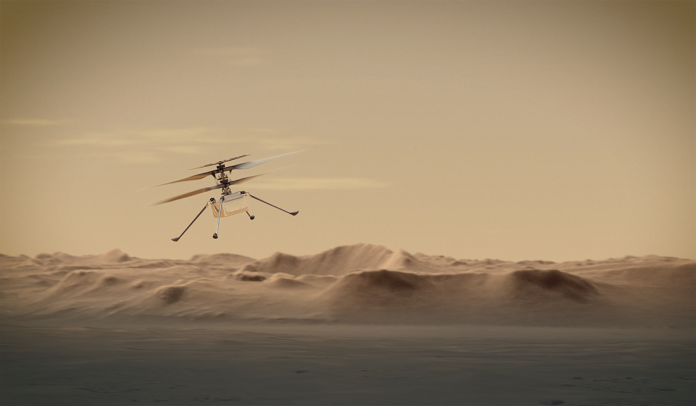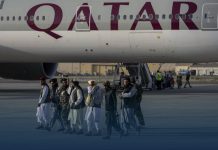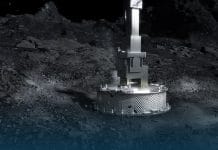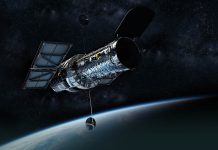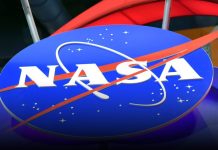According to the National Aeronautics and Space Administration (NASA), the Ingenuity Helicopter became the first aircraft in history to make a powered and controlled flight on another planet, Mars, and safely landed back on the surface.
The first powered and controlled flight on Mars took place at 3:34 AM ET.
Unlike when the Ingenuity helicopter’s fellow traveler, the Perseverance Mars rover, landed on Mars on 18th February, there was a bit of wait to know how the aircraft fared in its attempt.
Have you heard? We flew a craft on another world for the first time ever with flying colors. Now, relive the scene in Mission Control as news of Ingenuity’s nail-biting takeoff made it back to Earth.#MarsHelicopter pic.twitter.com/ER25G6uhdp
— NASA JPL (@NASAJPL) April 20, 2021
The Ingenuity helicopter team was in mission control at the agency’s Jet Propulsion Laboratory in Pasadena, California, early on Monday morning to receive and analyze the first data from helicopters’ flight attempts.
Steve Jurczyk, acting NASA Administrator, said that Ingenuity is the latest in a long and storied tradition of ‘National Aeronautics and Space Administration’ projects achieving a space exploration goal once thought impossible. Jurczyk said the North American X-15 was a pathfinder for the space shuttle. Mars Pathfinder and its Sojourner rover did the same for three generations of Mars rovers.
NASA Administrator said they do not know precisely where Ingenuity will lead them, but these results indicate the sky, at least on Mars, may not be the limit.
The confirmation of the helicopter flight’s success came at 6:46 AM EDT.
The helicopter flight was initially scheduled for April 11. Still, plans shifted after a command-sequence issue was discovered when the helicopter went through a system of preflight checks with its software. The Ingenuity team received data on April 16 showing that the aircraft completed its rapid spin test after tweaking the command sequence.
The solar-powered helicopter autonomously flew through the thin Martian airfield, with no help from its teams on Earth.
Ingenuity project manager at JPL, MiMi Aung, said that they could now say that human beings have flown a rotorcraft on another planet. Moreover, they’ve been talking about their Wright brothers’ moment on another planet for so long, and now, here it is.
In addition to the data, images also helped the team confirm that the chopper flight was successful.
From the helicopter’s navigation camera, a lower-resolution black-and-white image appeared first.
The Perseverance rover has already returned several images it captured of the helicopter.
The rover would continue to send back more images and video from several of its cameras. The team has already shared the full video of Ingenuity’s flight, which Perseverance captured.
First flight
Ingenuity helicopter, which is a technology demonstration, flew on Monday for about 40 seconds total. The four-pound helicopter spun up its two four-foot blades, rose ten feet in the air, hovered, made a turn, took a photo, and touched back down on Mars.
Ingenuity helicopter could fly up to four more times over the upcoming weeks.
Aung said that Mars is challenging not only when we land but also when trying to take off from it and fly around. Moreover, it has significantly less gravity but less than 1 percent of the pressure of our atmosphere at its surface. Put those things together, and we have a vehicle that demands every input be correct.
The Perseverance rover helps the Ingenuity and its mission team on the planet Earth interact with each other. It received the flight directions from JPL and sent those plans on to the aircraft. Perseverance rover is parked at an overlook 215 feet away from the chopper to observe the flight and capture images and videos safely.
During the Ingenuity helicopter’s hover, it captured images thirty times per second to feed into the navigation computer. This made sure the aircraft remained level and in the middle of its 33-by-33-feet airfield.
Ingenuity helicopter used a second higher-resolution camera pointing toward the horizon to capture images while the aircraft was in the air.
Once the aircraft landed on Mars, it sent back data through the rover to Earth.
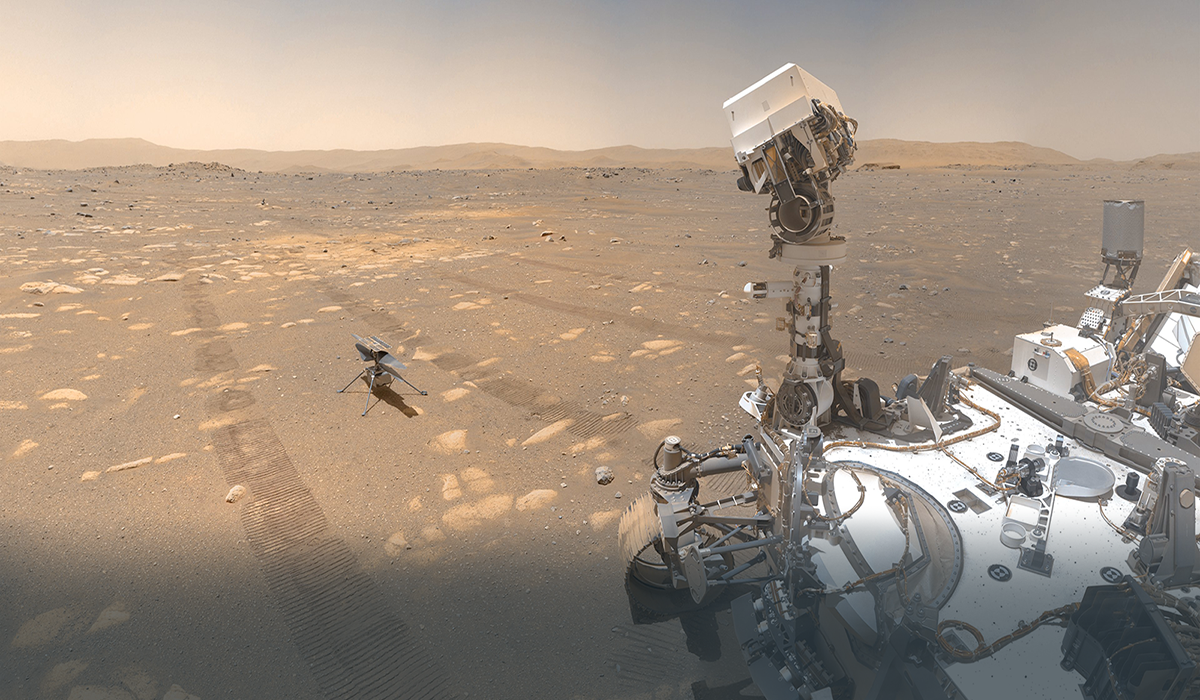
Source: Web
The director of JPL, Michael Watkins, said in a statement that the Mars Helicopter project has gone from a “blue sky” feasibility study to a workable engineering concept to achieving the first flight on another planet in a little over 6 years.
After the first flight, the Ingenuity helicopter will get a rest day to get charged using its PV module or solar panel. Moreover, the team will use data sent back by the aircraft this week to plan its next flight, now scheduled no earlier than 22nd April.
The Mars helicopter chief engineer at JPL, Bob Balaram, said that Ingenuity itself is exceptionally healthy at that point. She’s even healthier than she was before that flight. Moreover, she shook off some of her dust covering a solar panel and is, in fact producing even more solar energy than before.
Balaram said the batteries, landing gear, communication system, computers, and motors are also in great shape.
Read Also: NASA’s Hubble Telescope finds Star’s Mysterious Dimming due to Gaseous Outburst

